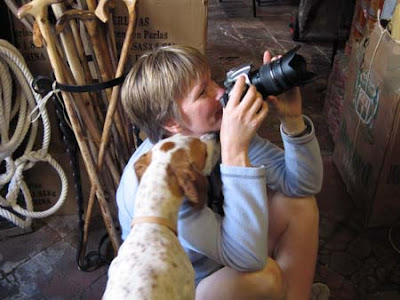“Should I join a camera club? How many times must I have been asked that question by my students over the years? It is usually followed by: “I’ve heard they can be a bit sniffy about welcoming newcomers like me.”
Well my answer is always the same. Yes, join. But first, go to your local club and see if you enjoy it. Only you can decide whether or not you are made to feel welcome. I do point out that it is only fair to go to at least a couple of club nights so that you get a ‘feel’ for the atmosphere. If you feel uncomfortable or unwelcome after that, just don’t bother going back again. End of problem. If you have not been put off entirely, try another club.
A very small minority of clubs really are sniffy and not worth bothering with. Most are well worth joining. Any club is really only a group of people, and, like all groups of people, there are good and bad. A good club is made up of people who are generous with their experience and knowledge – they like to share it with members who are less experienced and they enjoy learning from others.
I am often asked to talk at camera clubs and photographic societies. It’s a job a really enjoy. Some while back I was invited to speak at the Ayr Photographic Society. There was nothing sniffy about the photographers there. Just a genuine thirst for understanding and a willingness to include photographers of all levels. The club is thriving because of this inclusive attitude. There are just a few clubs whose members could learn from this openness – they are the ones, thankfully in the minority, who treat newcomers and novices with patronising distain. The strange thing is that these sniffy clubs often produce inferior photography. Their core members are far too busy being precious to open their minds and try new ideas and techniques or to help new members.
Perhaps I’ve earned the sort of reputation that means I am unacceptable to ‘sniffy’ camera clubs, because I’ve never been invited to speak at one.













